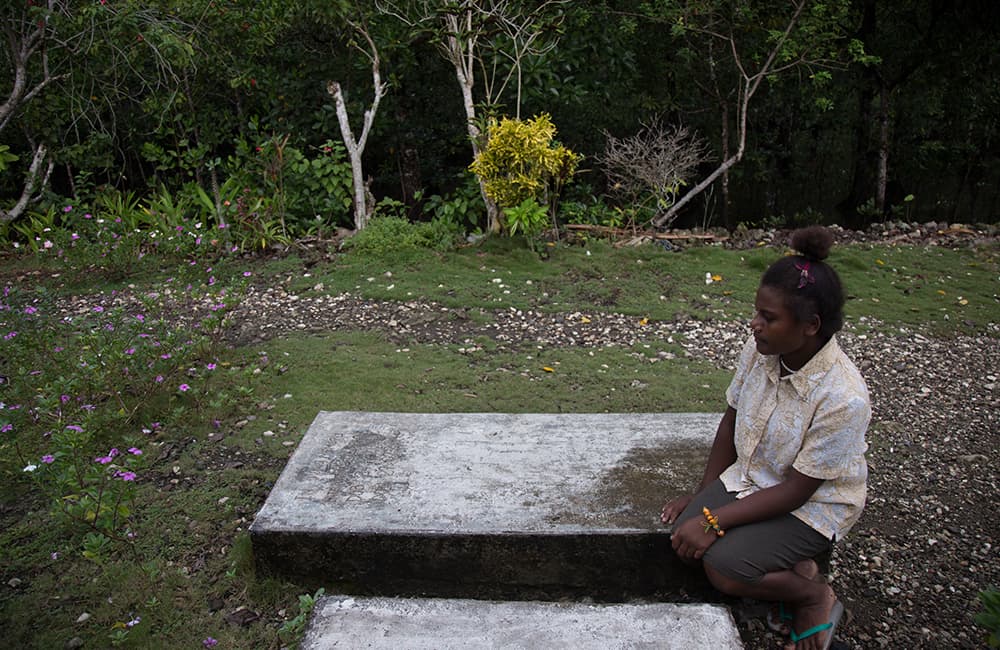They have inherited a problem not of their own making
New modelling developed by an international team of climate researchers, led by the Vrije Universiteit Brussel, finds that under Paris Agreement pledges, compared to a person born in 1960, across their lifetime, a child born in 2020 will experience on average:
-
2 times as many wildfires
-
2.8 times the exposure to crop failure
-
2.6 times as many drought events
-
2.8 times as many river floods
-
6.8 times more heatwaves.
This will be compounded for some children – particularly those exposed to multiple hazards; those living through conflict; those most profoundly impacted by COVID-19; and those experiencing inequality and discrimination on the basis of gender, disability, indigeneity, displacement or other, often intersecting factors.
Climate change is inextricably linked to wider issues of inequality and failures to uphold children’s basic rights. The future for children already suffering the worst impacts of climate change is looking increasingly dire.

Photo: Collin Leafasia/Daily Mirror.
Jerma’s story - Oibola, Solomon Islands
“In 2014, the sea level rise really hit hard on my life. It took my disabled brother’s life. He was crawling from our kitchen to our house and suddenly he fell into the sea. Helplessly, he was under the sea for more than 10 minutes before my elder sister saw him. Not long after that, the nurse at One’oneabu clinic pronounced him dead. It was a very sad moment for my family, but who was to be blamed?
... By looking at Solomon Islands as a whole, its contribution to global warming was very little. Activities like logging, slashing and burning trees for gardening, cutting mangrove trees for firewood and household cooking every day adds very little compared to other industrialised countries. Yet, we are the ones directly facing the effects of global warming.”

Photo: Pablo Barnes / Save the Children.
Key recommendations
To address climate injustice head on, deliver on the promises made to children in the Sustainable Development Goals (SDGs) and Convention on the Rights of the Child (CRC), and to achieve the goals of the Paris Agreement, governments, donors, the private sector, and multilateral agencies must:
-
Take ambitious and urgent action now to limit warming to a maximum of 1.5°C above pre-industrial levels, including by rapidly phasing out the use and subsidy of fossil fuels.
-
Increase commitments to climate finance for both mitigation and adaptation in recognition that the climate crisis is a child rights issue that affects children first and worst. This includes fulfilling the unmet pledge to mobilise at least $100 billion annually, with at least 50% contributing to adaptation measures that support low- and middle-income countries in managing the unavoidable impacts of climate change, in addition to pursuing green development pathways.
-
Recognise children as equal stakeholders and key agents of change in addressing the climate and environmental crisis, including by establishing child-friendly mechanisms and platforms to facilitate children’s formal engagement in climate policy making.
-
Scale up social protection systems to address the increasing impacts of climate shocks on children and their families, with the ambition to move to universal child benefits over time as a way to improve child well-being and build resilience.
As governments prepare to meet and accelerate their commitments to the next five-year cycle of the Paris Agreement, they must recall not only their obligations to act in the best interests of children, but the agency and capacities of children themselves.
The world’s children – particularly those in low- and middle-income countries and those experiencing inequality and discrimination wherever they live – have contributed the least to the climate emergency but have the most to lose if this crisis continues unabated.
It is imperative that children are present at this critical juncture – not as inspiration, but as rights-holders, as the most acutely-affected, and as agents of urgent, necessary, and transformative change.
Read the Report here.
Read the Children's Report here.